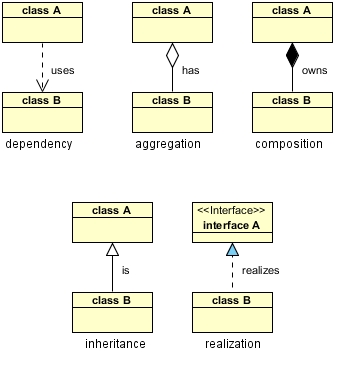1. Usage
• NBC is extremely fast for both training and prediction
• NBC is often very easily interpretable
• NBC has very few (if any) tunable parameters
• When the data match naive assumptions (very rare in practice)
• For very well-separated categories, and simple model is needed
• For very high-dimensional data, and simple model is needed
2. Implementation
Classes c₁, c₂, c₃
Features x₁, x₂
The result of a classifier is
p(c) is the probability (frequencies) that class c is observed in the labeled dataset.
With assumption x₁, x₂ are independent
how to model p(x₁|c₁), p(x₂|c₁), p(x₁|c₂), p(x₂|c₂), p(x₁|c₃) and p(x₂|c₃)?
If the features are 0 and 1 only, you could use a Bernoulli distribution.
If the features are integers, a Multinomial distribution.
If the features are real values, a Gaussian distribution.
With a class cⱼ from the data, estimates μᵢ,ⱼ (the mean) and σᵢ,ⱼ (the standard deviation) for each feature i.
import numpy as np import matplotlib.pyplot as plt import seaborn as sns sns.set() from sklearn.datasets import make_blobs X, y = make_blobs(n_samples=20, centers=[(0,0), (4,4), (-4, 4)], random_state=2) print(X.shape) plt.scatter(X[:, 0], X[:, 1], c=y, s=50, cmap='RdBu'); plt.show() class GNB: def __init__(self): pass def fit(self, X, y): print(y) total = len(y) self.unique_y = np.unique(y) self.params = {} for j in self.unique_y: id_class_j = np.where(y==j) prob_class_j = len(id_class_j[0])/total x_class_j = X[id_class_j] mean_class_j = np.mean(x_class_j, axis=0) std_class_j = np.std(x_class_j, axis=0) self.params[j] = [prob_class_j, mean_class_j, std_class_j] def find_prob(self, X): probs = [] for x in X: prob = [] for j in self.unique_y: prob_class_j, mean_class_j, std_class_j = self.params[j] pij = (1/np.sqrt(2 * np.pi * std_class_j **2)) * np.exp((-1/2) * ((np.array(x) - mean_class_j)/std_class_j) **2) pij = np.prod(pij) pij *= prob_class_j prob.append(pij) prob = np.array(prob) pij_sum = np.sum(prob) prob /= pij_sum probs.append(prob) return probs my_gauss = GNB() my_gauss.fit(X, y) rrs = my_gauss.find_prob([[-2, 5], [0,0], [6, -0.3]]) for r in rrs: print(r)










0 Comments